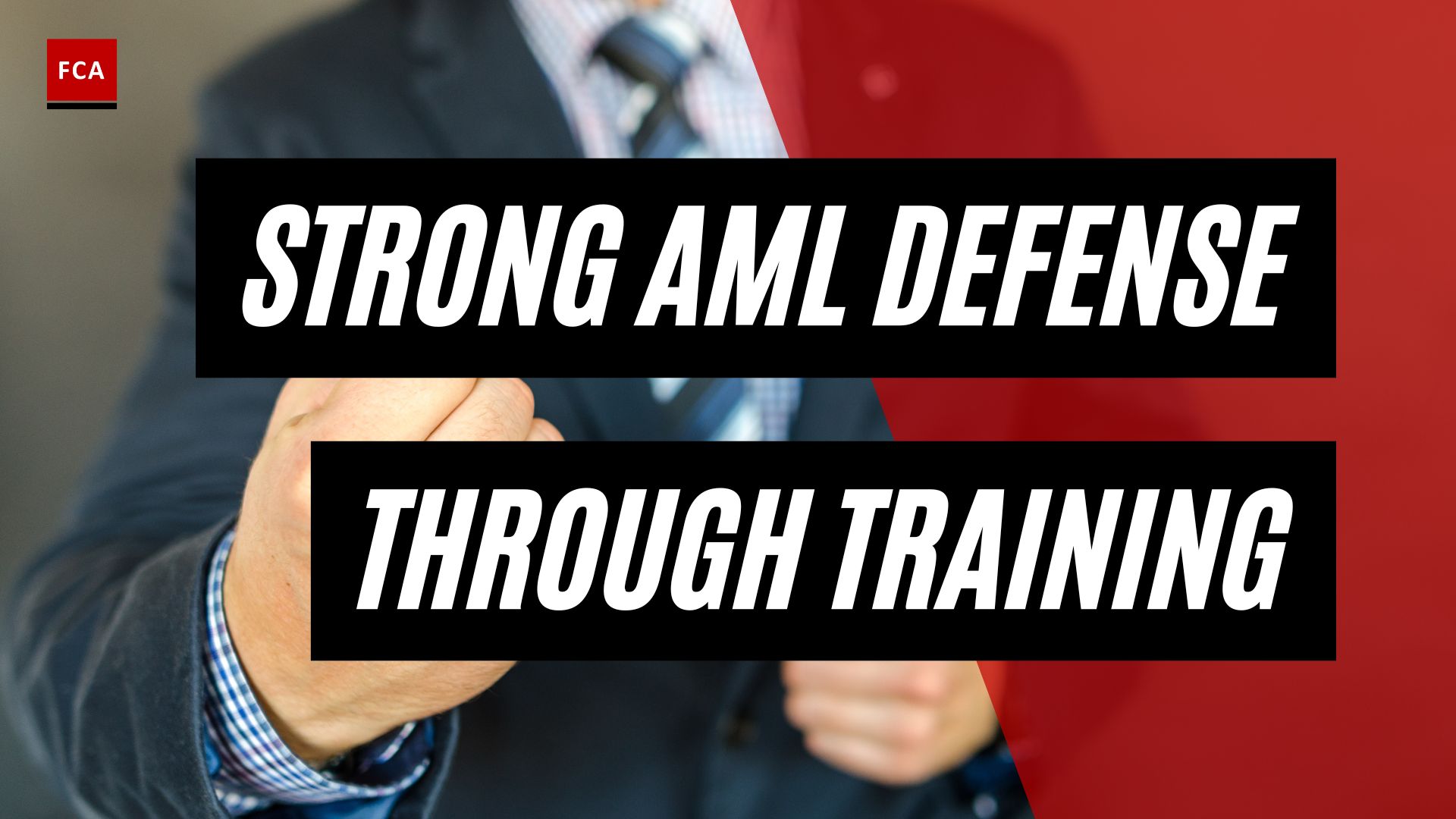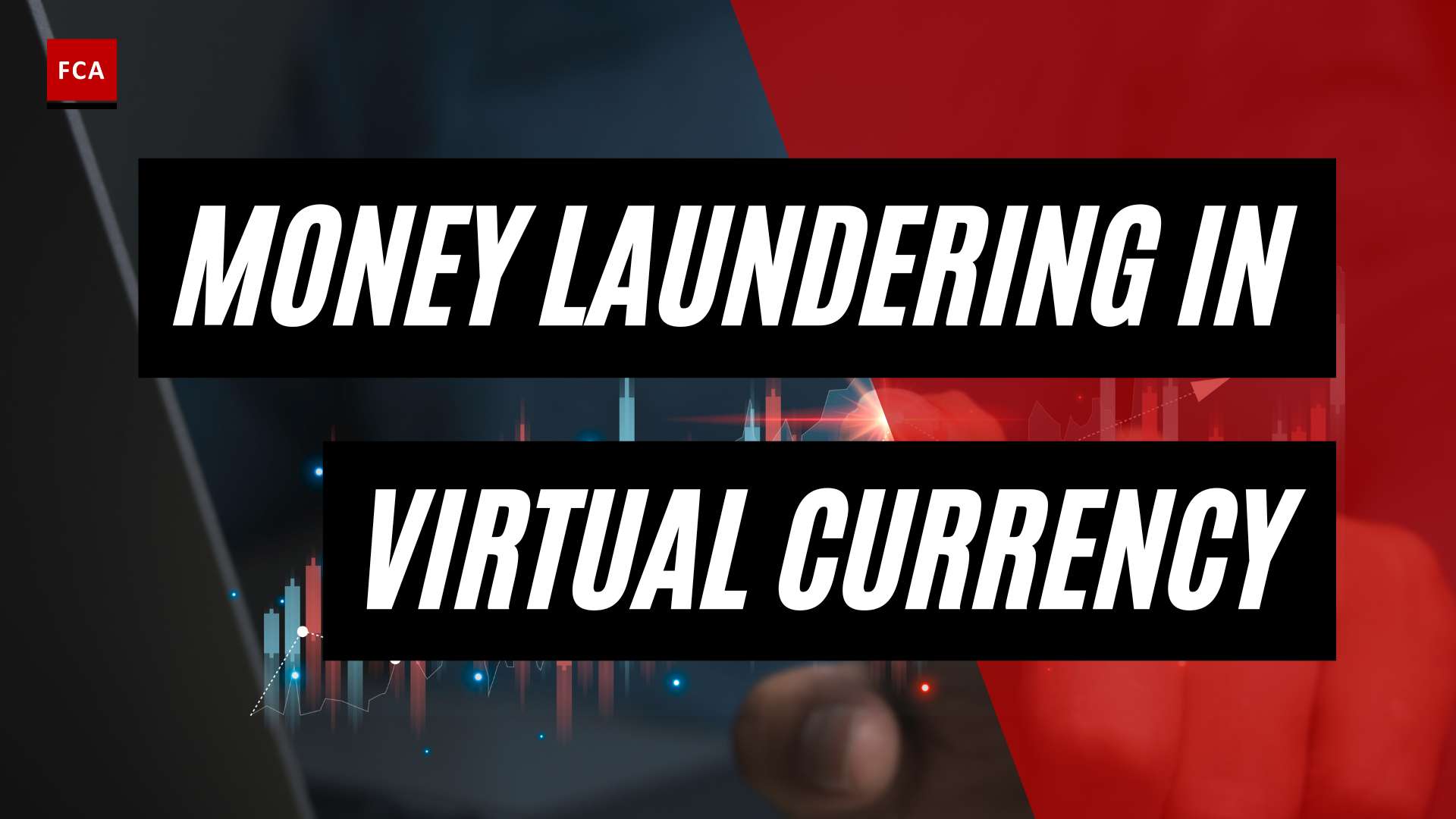The Impact of Globalization on AML Challenges
As the global financial system becomes increasingly interconnected, Anti-Money Laundering (AML) faces unique challenges in cross-border transactions. Globalization has led to both increased complexity and regulatory variations, making it crucial to address these challenges effectively.
Increased Complexity in Cross-Border Transactions
Cross-border transactions involve multiple parties, jurisdictions, and financial institutions, resulting in heightened complexity for AML efforts. The diversity of risks associated with these transactions, including the use of foreign financial institutions and differences in legal, regulatory, and operational structures among jurisdictions, creates significant challenges. The use of complex structures, multiple intermediaries, and the potential for obfuscation further complicate AML efforts in cross-border transactions.
Furthermore, the lack of standardization in AML frameworks across jurisdictions hampers the sharing of information and coordination between financial institutions (Tookitaki). These challenges require a collaborative approach to ensure effective AML compliance in the global financial system.
Regulatory Variations Across Jurisdictions
One of the key challenges in AML compliance for cross-border transactions is the variations in AML regulations and practices across different countries. The lack of a unified approach to AML compliance and the fragmented regulatory landscape pose significant obstacles for financial institutions in monitoring and preventing money laundering activities (Tookitaki). The differing levels of implementation and effectiveness in AML controls across jurisdictions also create vulnerabilities in the global financial system (FATF).
To address regulatory variations, international organizations such as the Financial Action Task Force (FATF) have developed a set of standards known as the “40 Recommendations.” These recommendations provide a comprehensive framework to combat money laundering and terrorist financing on a global scale (Bank for International Settlements). Compliance with international AML regulations is crucial for financial institutions engaged in cross-border transactions.
In conclusion, the impact of globalization on AML challenges in cross-border transactions is substantial. The increased complexity and regulatory variations require collaborative efforts, effective risk management, and adherence to international AML standards. By addressing these challenges, financial institutions can contribute to a more secure global financial system.
Key Challenges in AML Compliance for Cross-Border Transactions
Ensuring effective Anti-Money Laundering (AML) compliance in cross-border transactions presents several key challenges. These challenges arise from the complex nature of these transactions, the use of new technologies in money laundering, and the lack of standardization in AML frameworks across jurisdictions.
Identification and Verification of Beneficial Owners
One of the primary challenges in AML compliance for cross-border transactions is the identification and verification of beneficial owners. Financial institutions face difficulties in obtaining accurate and reliable information about the individuals or entities that ultimately own or control the funds involved in a transaction. The information provided may be incomplete, inaccurate, or intentionally misleading, creating loopholes that can be exploited for illicit purposes.
To address this challenge, financial institutions must implement robust customer due diligence measures and enhance their Know Your Customer (KYC) procedures. This includes conducting thorough investigations to identify the beneficial owners, verifying their identities, and assessing their potential risk of involvement in money laundering or other financial crimes. By implementing stringent identification and verification processes, financial institutions can enhance their ability to detect and prevent illicit activities in cross-border transactions.
Use of New Technologies in Money Laundering
The rapid evolution of technology and financial services has introduced new challenges for AML efforts in cross-border transactions. The use of new technologies, such as virtual assets and digital payments, can facilitate money laundering activities by offering anonymity, speed, and the potential for obfuscation across borders (FATF). The anonymous nature of some digital transactions and the lack of traditional banking oversight present obstacles for AML compliance in the evolving financial landscape.
To tackle this challenge, financial institutions need to stay updated on emerging technologies and their potential risks in money laundering. By leveraging advanced analytics, artificial intelligence, and machine learning, institutions can enhance their ability to detect suspicious patterns and behaviors associated with money laundering in cross-border transactions. Additionally, collaboration between regulatory authorities, law enforcement agencies, and financial institutions is crucial in sharing information and insights to counter the misuse of new technologies for illicit purposes.
Lack of Standardization in AML Frameworks
The lack of a unified approach and the fragmented regulatory landscape across jurisdictions pose challenges for AML compliance in cross-border transactions. Legal, regulatory, and operational differences among countries create complexities and inconsistencies that can be exploited by money launderers. Variations in the implementation and effectiveness of AML controls across jurisdictions can lead to regulatory arbitrage and vulnerabilities in the global financial system (Tookitaki).
To overcome this challenge, global cooperation and coordination are essential. Strengthening regulatory frameworks and promoting international standards, such as the Financial Action Task Force (FATF) recommendations, can help harmonize AML efforts across jurisdictions. Interoperability and standardization in AML systems can facilitate information sharing, improve the effectiveness of cross-border monitoring, and ensure a more robust global defense against money laundering in cross-border transactions.
Addressing the identification and verification of beneficial owners, mitigating risks associated with new technologies, and promoting standardization in AML frameworks are crucial steps in managing the challenges of AML compliance in cross-border transactions. By adopting comprehensive strategies and leveraging advanced technologies, financial institutions can enhance their ability to combat money laundering and protect the integrity of the global financial system.
Strategies for Managing AML Challenges in Cross-Border Transactions
Addressing AML challenges in cross-border transactions requires robust strategies and effective risk management practices. Here are three key strategies that can help organizations navigate these challenges:
Enhanced Know Your Customer (KYC) Procedures
Implementing enhanced Know Your Customer (KYC) procedures is crucial in managing AML risks associated with cross-border transactions. KYC procedures involve the verification and identification of customers to ensure their legitimacy and assess potential risks. By conducting thorough due diligence on customers, financial institutions and other relevant entities can better understand their customers’ activities, detect suspicious behavior, and mitigate the risk of money laundering and terrorist financing.
Enhancements to KYC procedures should include gathering comprehensive information about the beneficial owners of entities involved in cross-border transactions. This information helps in assessing the potential risks associated with these transactions. Additionally, utilizing advanced technology solutions can streamline the KYC process, improving efficiency and accuracy.
To learn more about KYC procedures and their importance in AML compliance, refer to our article on AML regulations in global markets.
Leveraging Artificial Intelligence and Machine Learning
Artificial Intelligence (AI) and Machine Learning (ML) technologies have revolutionized the AML landscape, enabling more robust detection and prevention of money laundering in cross-border transactions. AI and ML algorithms can analyze vast amounts of data, identify patterns, and detect suspicious activities with greater accuracy.
By leveraging AI and ML, financial institutions can automate transaction monitoring processes, reducing manual efforts and false positives. These technologies can also adapt to evolving money laundering techniques, enhancing the effectiveness of AML efforts.
To learn more about the role of AI and ML in AML compliance, refer to our article on cross-border money laundering risks.
Collaboration and Information Sharing
Collaboration and information sharing among countries, regulatory bodies, and private sector entities are essential for effectively managing AML challenges in cross-border transactions. Cooperation enables the exchange of knowledge, best practices, and intelligence, helping to combat money laundering and terrorist financing across borders.
Partnerships between financial institutions, government agencies, and international organizations facilitate the development of effective AML frameworks and the implementation of consistent compliance approaches. Sharing information on emerging risks, typologies, and regulatory updates strengthens the collective efforts against financial crime.
To understand the importance of collaboration in AML compliance, refer to our article on globalization and financial crime.
By implementing enhanced KYC procedures, leveraging AI and ML technologies, and fostering collaboration and information sharing, organizations can strengthen their AML compliance efforts and mitigate the risks associated with cross-border transactions. These strategies, when combined with other best practices, contribute to a more robust and resilient global financial system.
Overcoming AML Challenges in Cross-Border Transactions
To effectively manage AML challenges in cross-border transactions, financial institutions must implement strategies that address compliance with international AML regulations, integrate Regtech solutions, and maintain a long-term vision for AML compliance.
Compliance with International AML Regulations
Compliance with international AML regulations is crucial for financial institutions engaged in cross-border transactions to ensure effective AML compliance. These regulations provide a framework for identifying and preventing money laundering and terrorist financing activities. Financial institutions need to stay up to date with the evolving regulatory landscape and implement robust systems and processes that align with the requirements of multiple jurisdictions.
By adhering to international AML regulations, financial institutions can enhance their ability to detect and deter illicit financial activities in cross-border transactions. This includes implementing robust Know Your Customer (KYC) procedures and conducting thorough customer due diligence (Tookitaki). Adhering to these regulations not only mitigates compliance risks but also helps maintain the integrity of the global financial system.
Integration of Regtech Solutions
Regtech, or regulatory technology, has emerged as a powerful tool in combating AML challenges in cross-border transactions. By leveraging advanced technologies such as artificial intelligence (AI) and machine learning (ML), financial institutions can enhance their AML efforts. These technologies improve detection capabilities, reduce false positives generated during transaction monitoring, and enable more efficient and effective compliance processes.
Prudent integration of Regtech solutions can significantly enhance the efficiency and effectiveness of AML compliance procedures in cross-border transactions. Automation platforms and data-driven approaches enable financial institutions to streamline AML processes, improve risk assessment, and optimize resource allocation. By leveraging the power of technology, financial institutions can stay ahead of evolving money laundering techniques and ensure compliance with international AML regulations.
Long-Term Vision for AML Compliance
In order to overcome AML challenges in cross-border transactions, financial institutions need to adopt a long-term vision for AML compliance. This involves establishing a technology roadmap for automation, assessing vendors, gaining internal stakeholder buy-in, and ensuring adequate budget and approvals for a successful transition. A long-term vision ensures that financial institutions are prepared to adapt to changing regulatory requirements and evolving money laundering trends.
By aligning their strategic goals with AML compliance objectives, financial institutions can create a culture of compliance, foster continuous improvement, and mitigate risks associated with cross-border transactions. A long-term vision allows financial institutions to proactively address emerging AML challenges, invest in necessary resources, and stay at the forefront of AML compliance efforts.
Overcoming AML challenges in cross-border transactions requires a comprehensive approach that includes compliance with international AML regulations, integration of Regtech solutions, and a long-term vision for AML compliance. By adopting these strategies, financial institutions can enhance their ability to detect and prevent money laundering activities, thereby contributing to the security and integrity of the global financial system.
The Role of Technology in AML Compliance
In the ever-evolving landscape of anti-money laundering (AML) compliance, technology plays a crucial role in addressing the challenges posed by cross-border transactions. By leveraging advanced technological solutions, financial institutions can enhance their AML efforts and improve the effectiveness of their compliance programs. This section will explore three key aspects of technology’s role in AML compliance: automation and data integration, enhancing data quality and standardization, and improving communication and collaboration.
Automation and Data Integration
Technology solutions such as Artificial Intelligence (AI) and Machine Learning (ML) have revolutionized AML compliance by automating various processes and integrating data from multiple sources. By leveraging AI and ML algorithms, financial institutions can enhance their detection capabilities, identify suspicious patterns, and reduce false positives generated during transaction monitoring. This not only improves the efficiency of AML efforts but also enables compliance officers to focus their attention on high-risk transactions and potential money laundering activities (Tookitaki).
Automation and data integration also enable financial institutions to consolidate information from different systems and databases, providing a holistic view of customer activity. This comprehensive approach enhances the ability to identify and assess potential risks associated with cross-border transactions. By streamlining data processes and eliminating manual tasks, financial institutions can improve operational efficiency and reduce the risk of human error.
Enhancing Data Quality and Standardization
Ensuring the integrity and accuracy of data is vital for effective AML compliance in cross-border transactions. Technology plays a critical role in enhancing data quality and standardization. By implementing robust data management systems, financial institutions can establish data governance frameworks, validate and cleanse data, and ensure compliance with regulatory requirements. This enables a more accurate and reliable analysis of customer behavior and transaction patterns, facilitating the detection of suspicious activities.
Moreover, advancements in technology enable the integration of external data sources, such as watchlists and sanctions databases, into AML systems. This integration enhances the ability to identify individuals and entities involved in illicit activities across borders, strengthening the overall AML compliance framework.
Improving Communication and Collaboration
Technology facilitates improved communication and collaboration among stakeholders involved in AML compliance for cross-border transactions. With the increasing complexity of financial transactions and the global nature of money laundering activities, effective communication and collaboration are essential for sharing information, insights, and best practices.
Technological solutions such as secure communication platforms and collaborative workspaces enable compliance officers, regulators, and other relevant parties to exchange information efficiently, discuss emerging trends, and address AML challenges collectively. This collaboration enhances the ability to detect and prevent money laundering activities, particularly in the context of cross-border transactions.
Financial institutions can also leverage technology to enhance communication and collaboration with their customers. By providing secure platforms for reporting suspicious activities and facilitating the submission of required documentation, institutions can foster a culture of compliance and encourage customers to actively participate in the fight against money laundering.
As technology continues to advance, financial institutions must remain vigilant in adapting and utilizing these advancements to strengthen their AML compliance efforts. By embracing automation, enhancing data quality and standardization, and improving communication and collaboration, institutions can effectively navigate the complex landscape of cross-border transactions while mitigating the risks associated with money laundering activities.
Future Trends and Considerations in AML Compliance
As the global financial system continues to evolve, so do the challenges in Anti-Money Laundering (AML) compliance, particularly in the context of cross-border transactions. To address these challenges and stay ahead of emerging trends, financial institutions and regulatory bodies need to consider several key factors.
Strengthening of Regulatory Frameworks
In response to the increasing complexity of cross-border transactions and the risks associated with money laundering, there is a growing emphasis on strengthening regulatory frameworks. Regulatory bodies are actively working to enhance AML regulations in various jurisdictions to ensure more effective detection and prevention of illicit financial activities. These efforts aim to create a more robust and standardized approach to AML compliance across borders (World Economic Forum). By aligning regulatory frameworks, financial institutions can better navigate the diverse landscape of AML requirements and reduce compliance challenges.
Addressing New Money Laundering Methods
As technology advances, criminals are finding new ways to exploit it for illicit activities, including money laundering. Addressing these emerging methods is crucial in the fight against financial crime. The rise of cryptocurrencies, digital payments, and other digital financial services has introduced additional challenges for AML efforts in cross-border transactions. The anonymous nature of some digital transactions and the lack of traditional banking oversight present new obstacles for AML compliance in the evolving financial landscape. Regulatory bodies and financial institutions must stay vigilant and adapt their AML strategies to combat these evolving risks.
Interoperability and Standardization in AML Systems
Ensuring interoperability and standardization across AML systems and processes is essential for addressing AML challenges in cross-border transactions. The lack of standardization among AML laws globally poses a significant challenge for financial institutions engaged in cross-border transactions, as they must ensure compliance with multiple and sometimes conflicting regulations across jurisdictions (Financial Crime Academy). Achieving interoperability and standardization requires collaboration and coordination among regulatory bodies, financial institutions, and technology providers. By streamlining processes and fostering interoperability, financial institutions can improve the efficiency and effectiveness of their AML compliance efforts.
To stay ahead of these future trends and considerations, financial institutions must continue to invest in advanced technologies, such as artificial intelligence and machine learning, to enhance their AML capabilities. Leveraging these technologies can help automate and streamline AML processes, improve data quality and standardization, and facilitate better communication and collaboration between stakeholders. By embracing these strategies and adopting a long-term vision for AML compliance, financial institutions can better navigate the challenges of cross-border transactions and contribute to a more secure global financial system.








